
EDC PISTOL SELECTION TESTS
If you are wanting to test carry pistol options, you need to have a set of standards that can be measured.
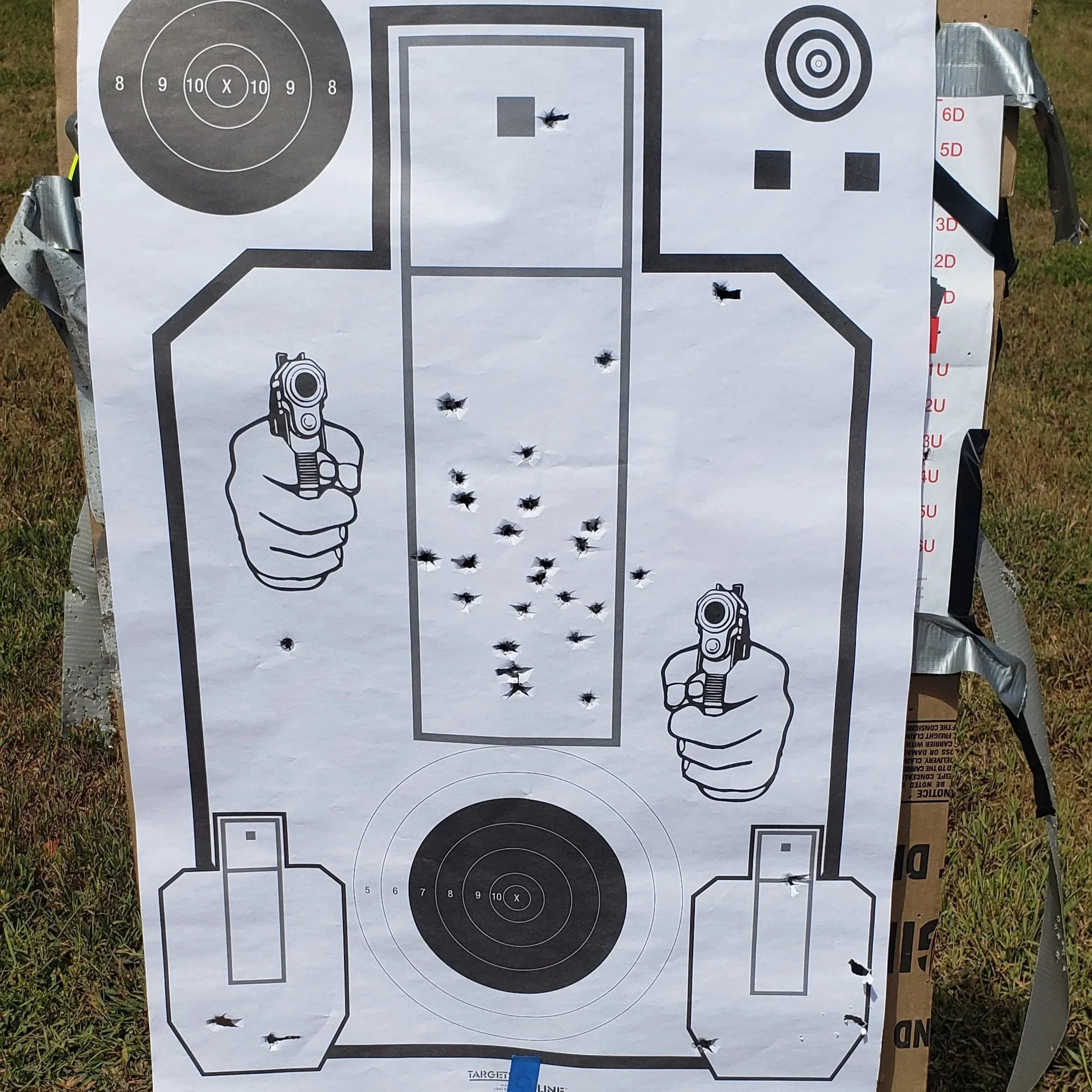
CSAT PISTOL STANDARDS
The CSAT pistols standards is a ten stage qualification used to check your proficiency with a pistol. The test only takes 25 rounds, which makes it incredibly efficient, but very telling on how proficient you are at basic pistol skills.

PRACTICE THE PROPER COMBAT RELOAD
The combat reload is important to practice correctly in order to make security and functional behaviors under fire a habit, even under adrenaline.

SHOOTING STEEL VS SHOOTING PAPER
Shooting steel targets gives instant, loud feedback with a "clang," helping shooters quickly know where they hit. Paper targets focus more on precise shot placement and detailed scoring. Both types have their benefits depending on what you want to train.

THE BURDEN OF TRAINING YOURSELF
Training yourself is going to be a significant burden that you cannot take on lightly or without careful consideration. It requires a clear understanding of what you are doing, along with a high level of discipline and personal responsibility to ensure consistent progress and effectiveness.

SPEED OR PRECISION?
Deciding whether speed or precision is more important in combat shooting is a contradictory subject because both elements serve critical but often opposing roles under pressure. Speed can be the difference between neutralizing a threat before it escalates or facing harm, emphasizing rapid target acquisition and multiple shots. However, precision ensures each shot counts, minimizing wasted rounds and increasing the likelihood of incapacitating the threat effectively. Skilled combat shooting balances these factors, training to achieve a level of precision that doesn't sacrifice speed, acknowledging that the optimal approach varies depending on the scenario and the shooter's proficiency.
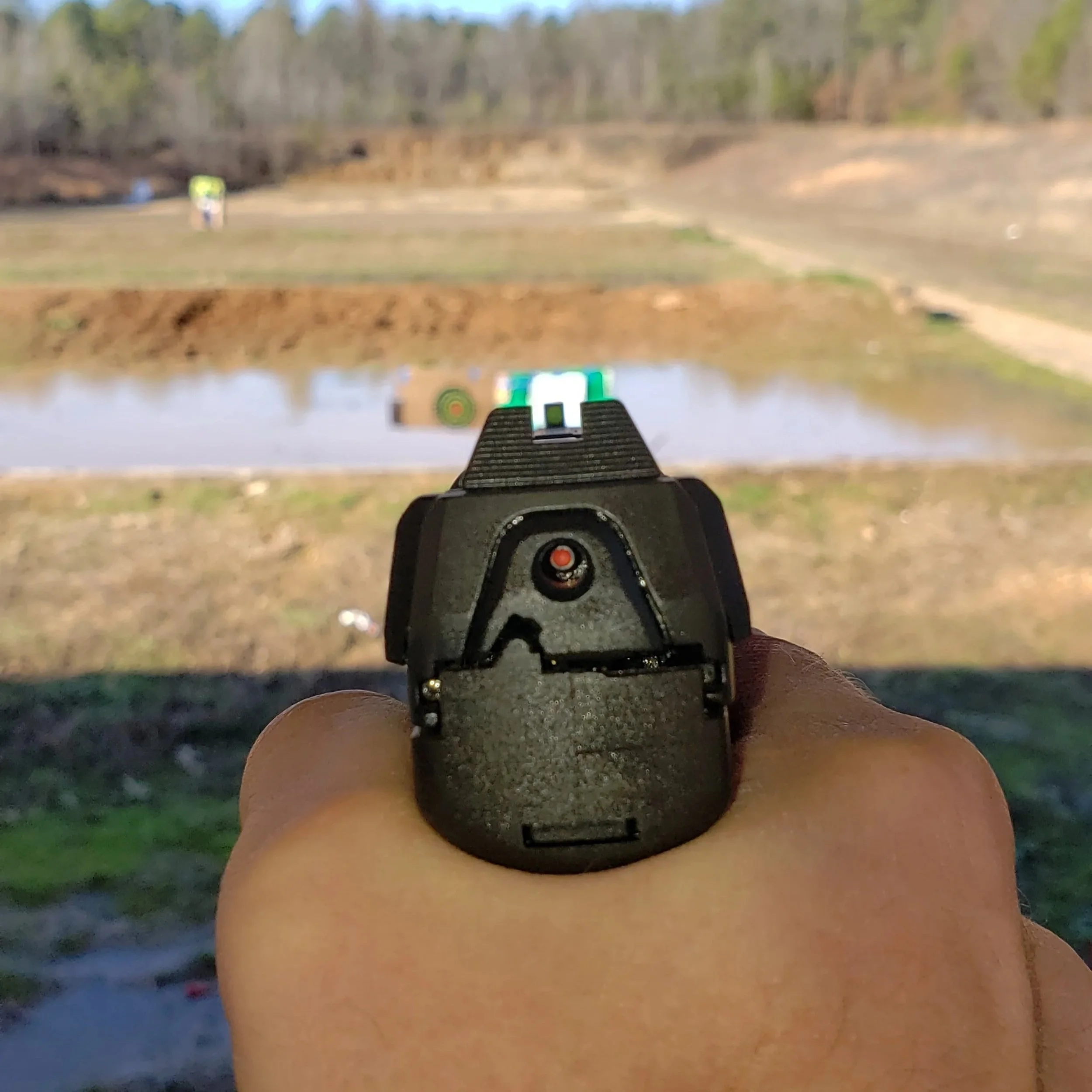
ONE-HANDED PRACTICE
Shooting one-handed is one of the most challenging skills you can develop. However, just like practicing reloading under pressure, it is crucial to prepare for this type of contingency to ensure you can respond effectively in any situation.
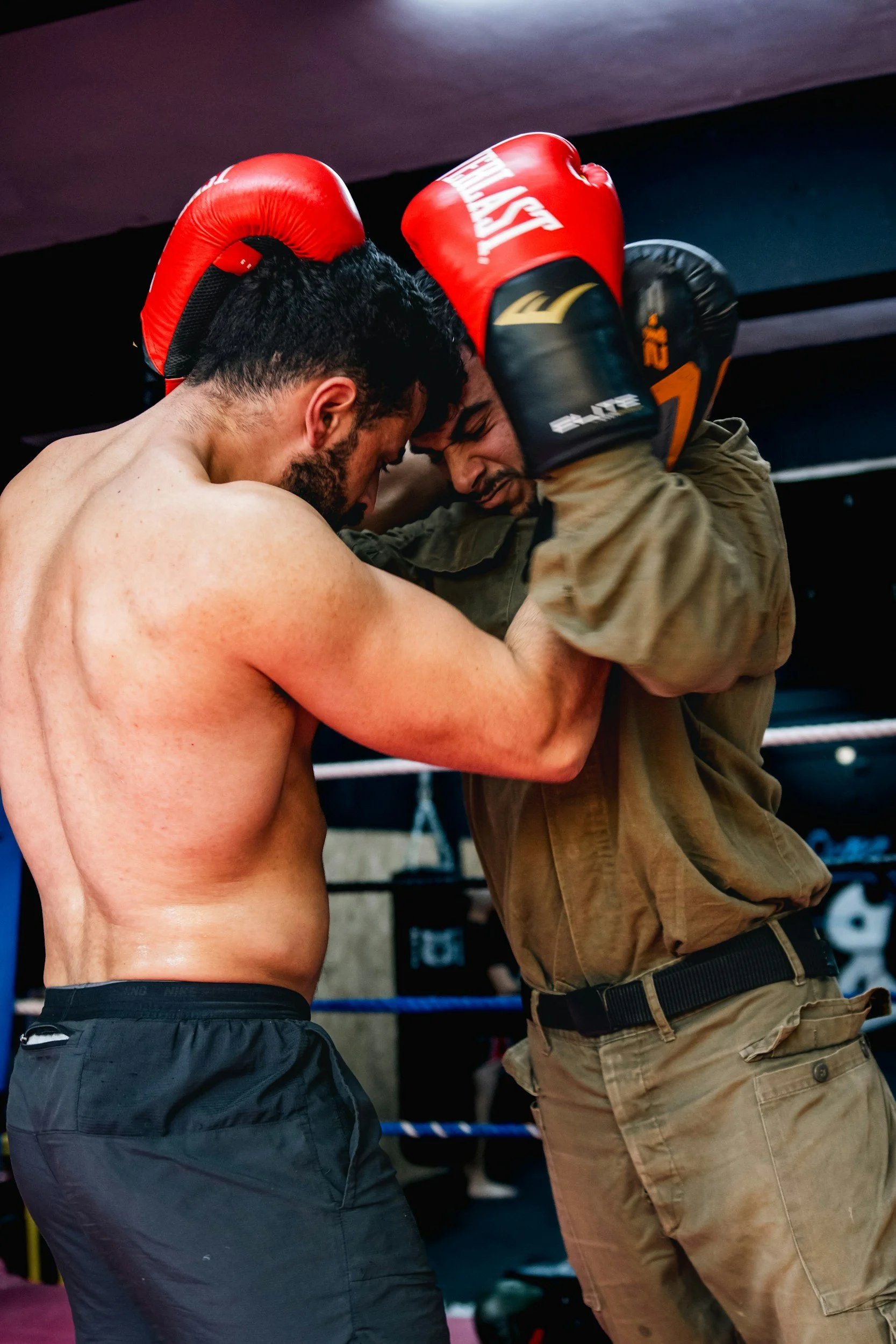
UNARMED FIGHTING: UNIVERSAL BASELINE SELF-DEFENSE
Unarmed combat is a fundamental part of a self-defense system because it provides the essential skills needed when no weapons are available. In real-life confrontations, relying solely on tools or weapons is impractical and sometimes impossible. Effective unarmed techniques teach practitioners how to control, neutralize, or escape threats using their body, allowing for immediate and versatile responses.
Training in unarmed combat improves situational awareness, timing, distance management, and the ability to apply force effectively and responsibly. It also builds confidence and mental resilience, which are crucial during high-stress encounters. Integrating unarmed combat skills with other elements of a self-defense system ensures a comprehensive approach that prepares practitioners for a wide range of scenarios, enhancing overall safety and readiness.
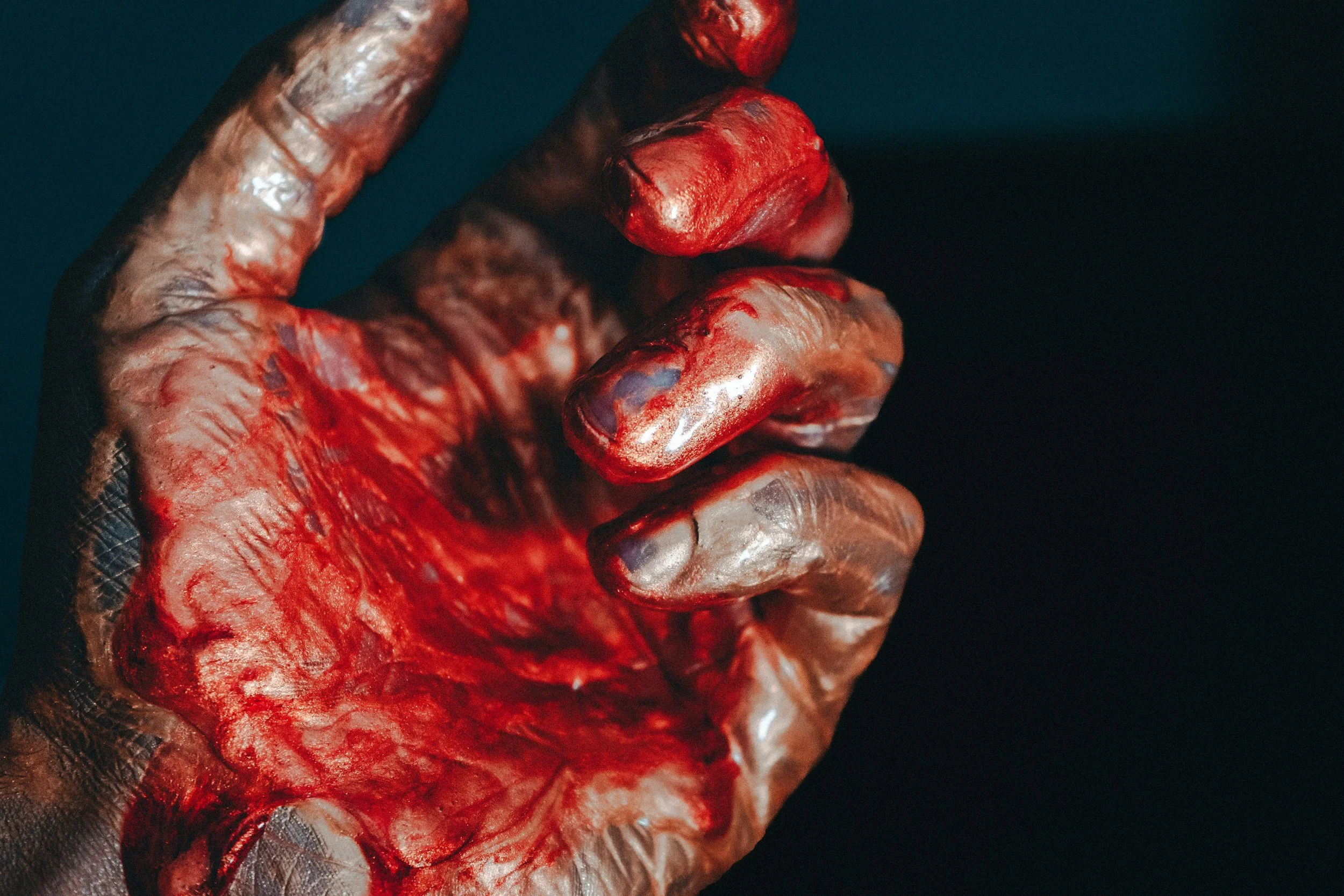
STOP THE BLEED: A PRACTICAL APPROACH
Stopping the bleed is about taking a practical and objective approach. Being level-headed and objective will be far more effective than giving in to overwhelming panic when faced with the sight of blood. Keeping calm and applying proper techniques can make a critical difference in an emergency situation.
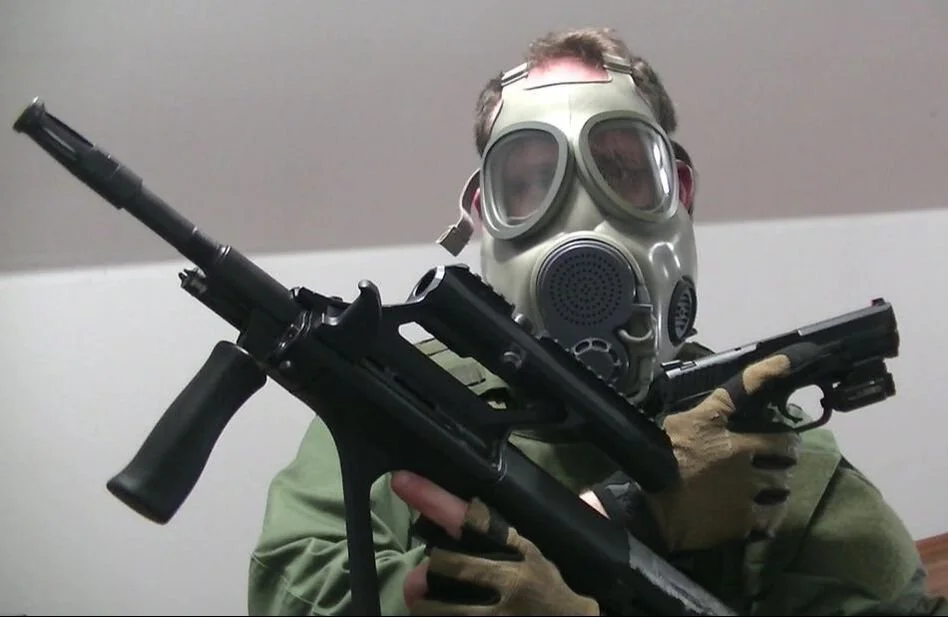
RIFLE TO PISTOL TRANSITION DRILLS
The rifle to pistol transition drill is an excellent method to maintain continuous fire toward the enemy. Mastering this skill requires more than just physical ability; it involves a level of finesse and strategic thinking that resembles an art form. Proper execution ensures fluidity and effectiveness in dynamic combat situations.
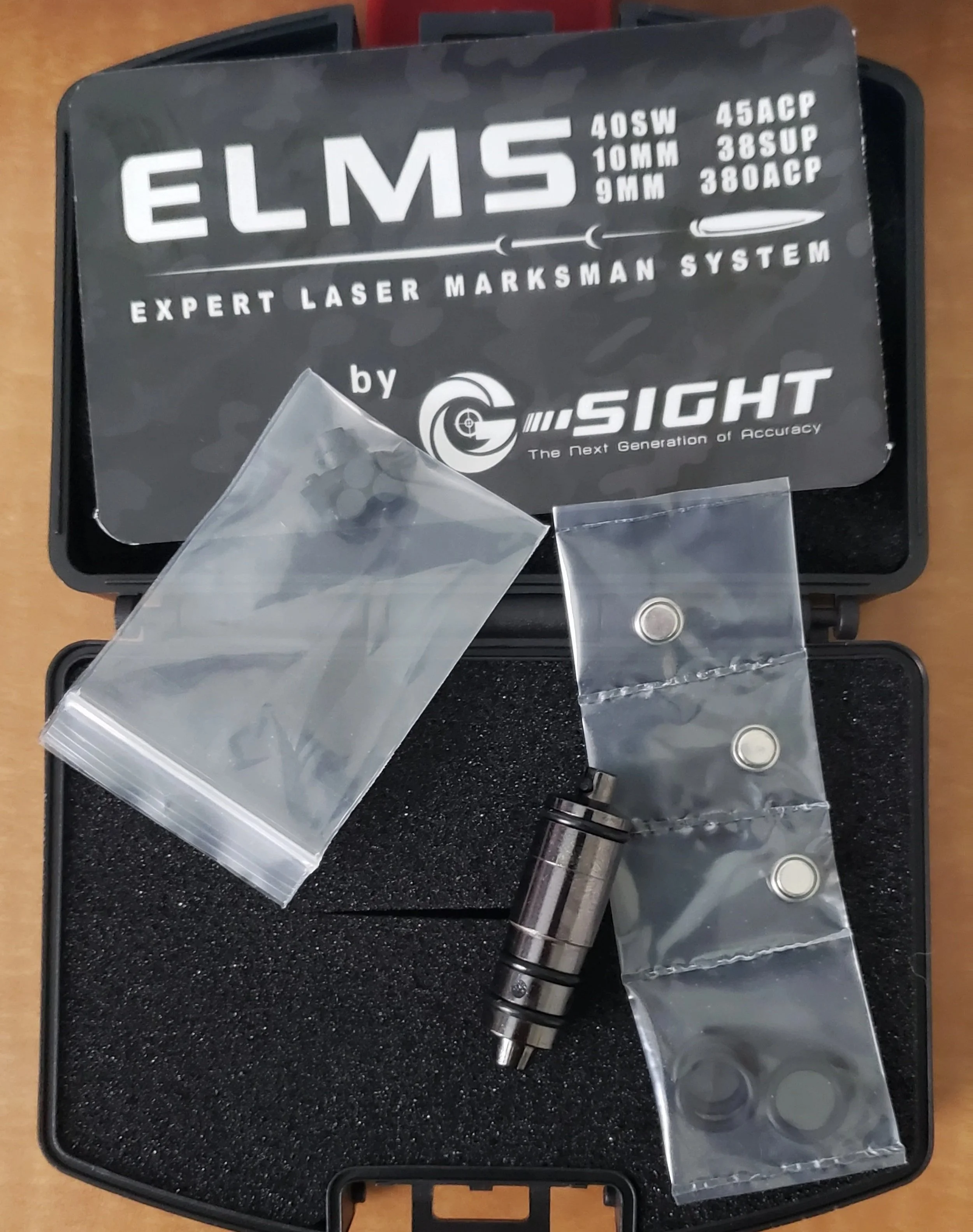
LASERS FOR TRAINING & DRY FIRE PRACTICE
Laser trainers are an excellent tool to help develop and refine your skills, providing immediate feedback and enhancing muscle memory. However, it is still essential to have a fundamental understanding of why dry firing is important and how to properly incorporate it into your routine.
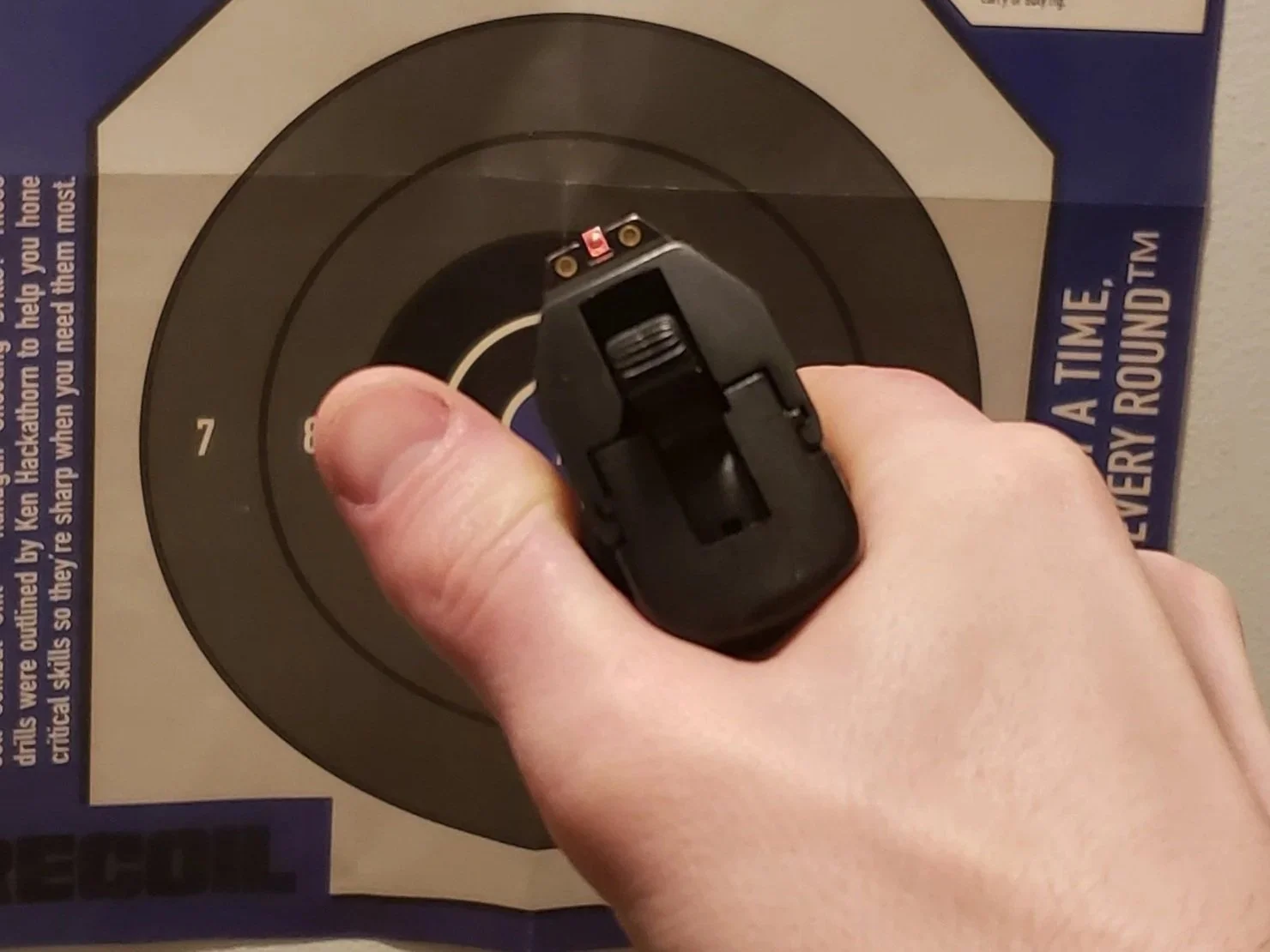
TARGET-FOCUSED SHOOTING
We’ve all been taught to focus on the front sight when aiming for an accurate shot. However, this concept has often been misunderstood and oversimplified over the years. It’s similar to trying to stare intently at the front of a car moving at 100 mph while the surroundings become a blur. This method is not very effective, particularly in dynamic combat shooting situations where both you and your target are constantly in motion. Maintaining flexibility in your focus is crucial to adapting to fast-changing environments.
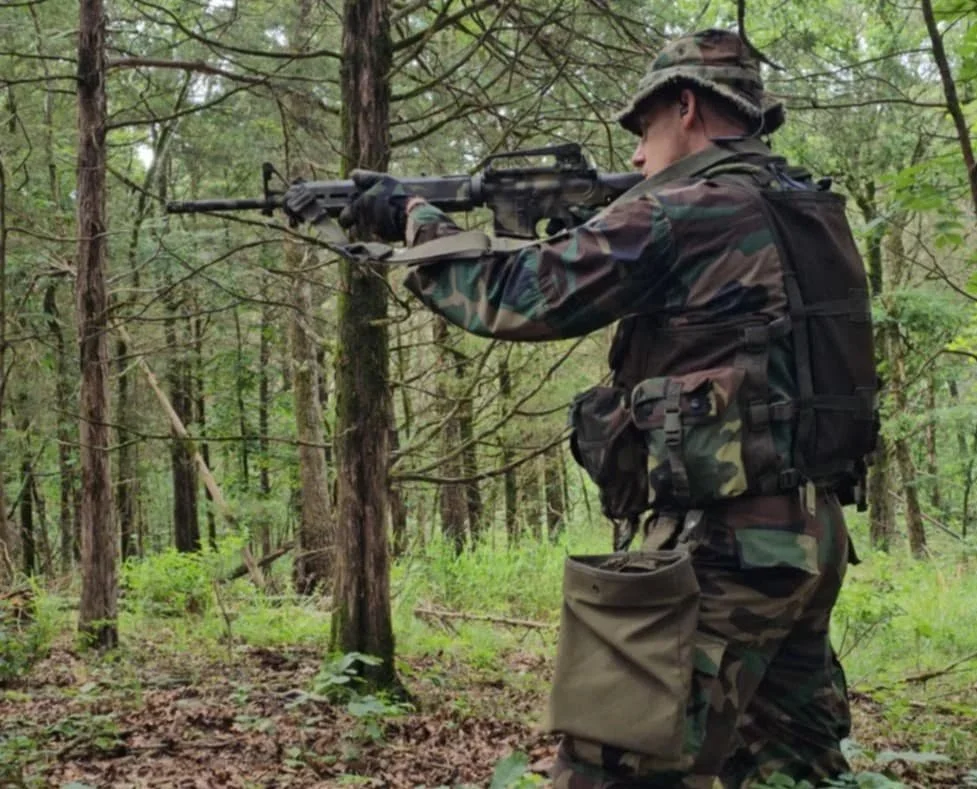
DEVELOPING SHOOTING SKILLS
Shooting skills are not easy to develop quickly, but they remain one of the few physical skills that can be introduced and practiced effectively within the span of an 8-hour class. However, this is not even close to enough time to develop true shooting skills.

TRAINING FOR PERFORMANCE
Have you ever wanted to improve skills like seeing quickly, reacting faster, aiming faster, spotting danger sooner, and staying calm under stress? There are ways to train your brain to stay sharp and work better.

MAX VELOCITY TACTICAL: TACTICAL TRAINING FOR THE LAYMAN
Max Velocity Tactical is the best place for anyone to learn tactical training. Whether you’re new to shooting or experienced, you’ll gain valuable lessons from their courses.

TIER 1 TRAINING SECRETS
Delta Force and FBI HRT are top military and law enforcement units specializing in counterterrorism. Their rigorous training and selection make them elite shooters and operators. This article explores that training.
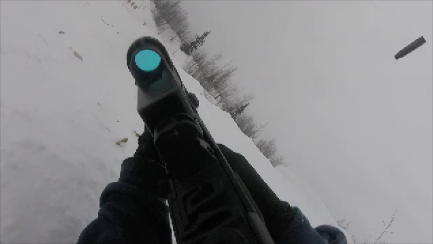
LEARN HOW TO TRAIN, NOT JUST WHAT.
Many instructors can teach you what to train and how to do drills. But what happens when your instructor isn’t around? How do you keep training and improving on what you learned?
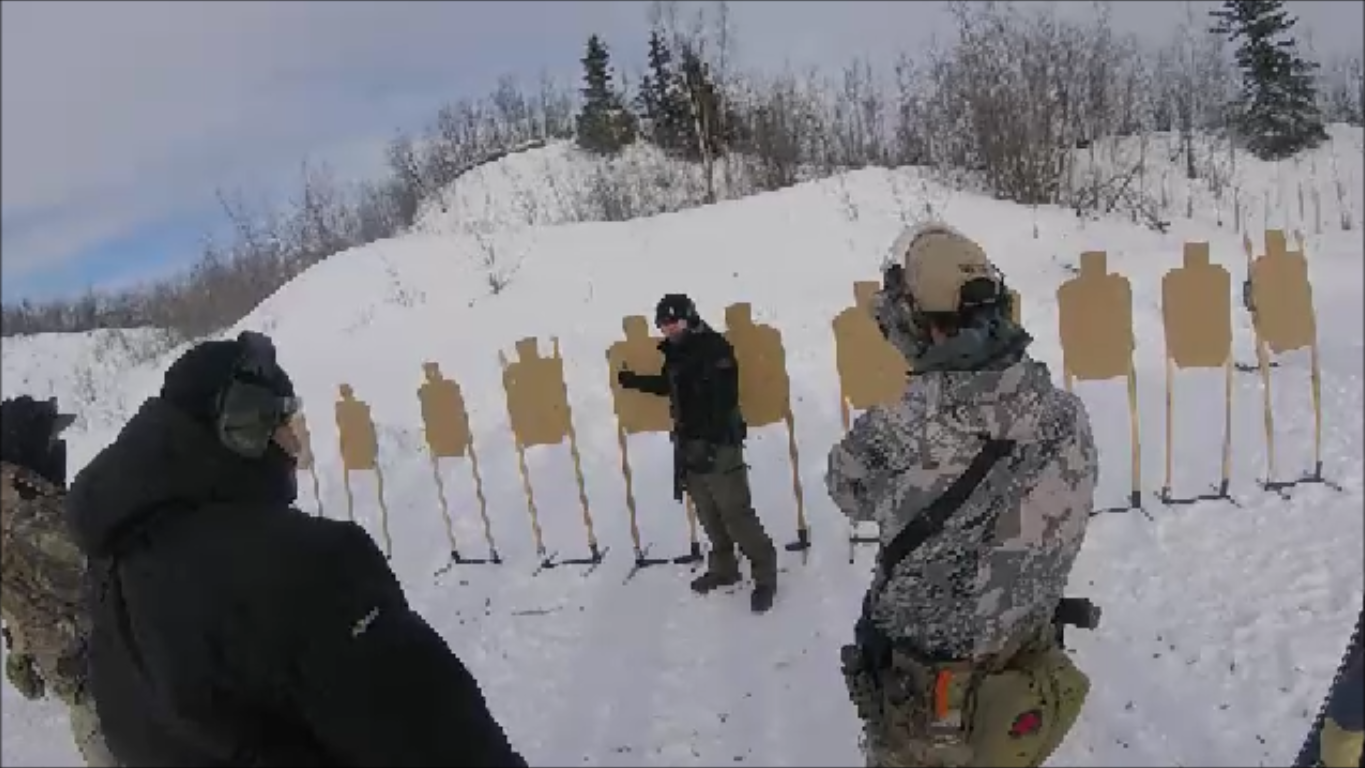
HOW TO BE A GOOD STUDENT
Being a good student in training will establish a strong and reliable foundation for your continued growth and development as a skilled and confident firearms practitioner. Consistent effort and a willingness to learn will greatly enhance your progress over time.

PUT IN THE MILEAGE
Training and consistent practice are absolutely essential for building and refining your self-defense skills. No one has ever successfully avoided the necessity of dedicated effort and repetition. This foundational principle introduces what it truly takes to effectively defend yourself when faced with a real threat.